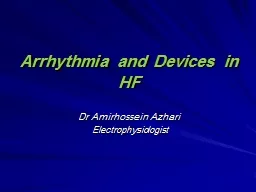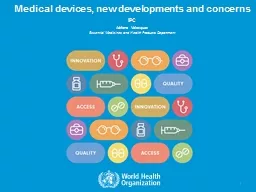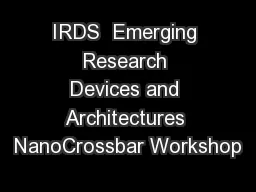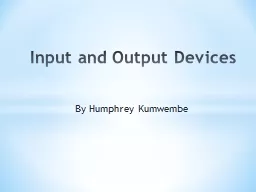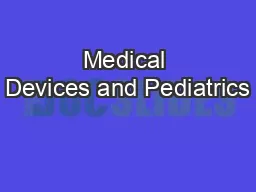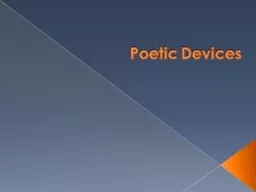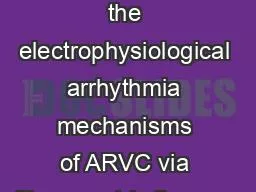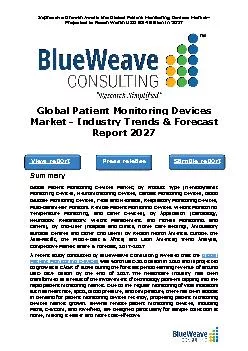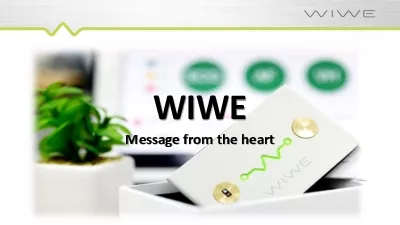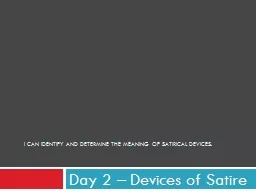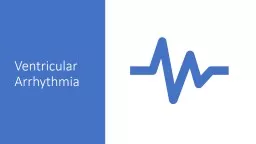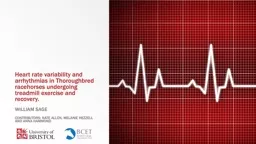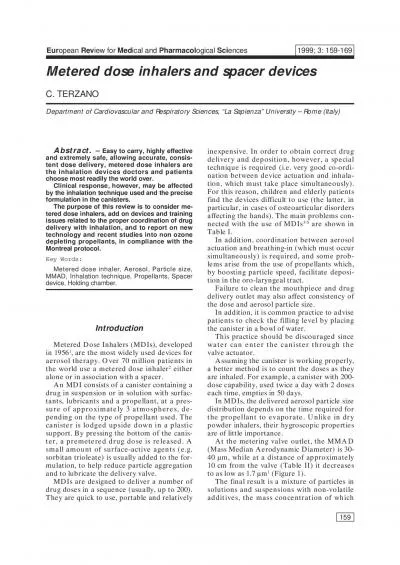PPT-Arrhythmia and Devices in HF
Author : tawny-fly | Published Date : 2020-04-04
Dr Amirhossein Azhari E lectrophysiologist Premature Ventricular Contractions PVCs Irritable focus causes ventricles to depolarize before the SA node fires Premature
Presentation Embed Code
Download Presentation
Download Presentation The PPT/PDF document " Arrhythmia and Devices in HF" is the property of its rightful owner. Permission is granted to download and print the materials on this website for personal, non-commercial use only, and to display it on your personal computer provided you do not modify the materials and that you retain all copyright notices contained in the materials. By downloading content from our website, you accept the terms of this agreement.
Arrhythmia and Devices in HF: Transcript
Download Rules Of Document
" Arrhythmia and Devices in HF"The content belongs to its owner. You may download and print it for personal use, without modification, and keep all copyright notices. By downloading, you agree to these terms.
Related Documents

